|
Dear Home Child Care Providers and Staff, We are delighted to follow up on our previous communication discussing professional development workshops. As a result of receiving full funding approval, we are pleased to not only offer these enriching PD experiences but to offer our child care providers equitable pay replacement for non-billed child care fees for the days dedicated to professional development. This initiative aims to support your continued growth and development in the field of early childhood education. We are thrilled to announce that we have invited Anisha Angello, a renowned Early Childhood Education (ECE) Specialist, to be our professional development speaker. Anisha will be facilitating two empowering workshops on September 22nd, designed specifically for early childhood educators, including tweaks to meet the individual needs of home child care providers. These sessions promise to be dynamic, engaging, and impactful for personal and professional growth. This session, along with two additional dates (with different special guests) in October and November, forms part of our comprehensive professional development program. Our goal is to schedule these professional development days during "work hours" that fall within school hours (as much as possible), allowing for maximum convenience. We understand that many of our child care providers have young children of their own, and we are exploring the possibility of providing on-site child care during the professional development days. This option will offer support to those providers who may not have alternative child care arrangements for their own children on these days. Separate communications will be sent to child care families/clients regarding the three upcoming dates: September 22nd, a date in October, and a date in November. We strongly encourage the full participation and attendance of child care providers and staff on these Professional Development (PD) days. Similar to the scheduled Professional Activity (PA) days in various school boards, these designated days will serve as coordinated closures for all home child care providers involved. About Anisha Angello: Anisha Angello is an esteemed CEO, RECE, and BAS.c with over 12 years of experience in the Early Childhood Education field. With a degree in Early Childhood Education Studies, she has held various roles throughout her career, showcasing her versatility and depth of knowledge. Anisha has led childcare programs, taught college courses, and spoken at numerous events worldwide. She has also worked as a senior manager overseeing multiple childcare locations. As the CEO and Founder of Anisha Angello Books and Consulting, she is a leading figure in childcare consulting, coaching, and training. Anisha's passion lies in supporting educators to succeed, particularly those aiming for leadership positions or considering starting their own businesses. Session Details: (facilitated workshops)
Please mark your calendars for September 22nd to ensure your availability for this enriching professional development opportunity. We appreciate your dedication to providing exceptional care to the children in our community, and we are committed to supporting your growth as professionals. If you have any questions or require additional information, please feel free to contact us. Further details regarding the workshop logistics and registration process will be communicated in due course.
Best regards, Kristina Schwartz, RECE Founder/Director LLHDC
1 Comment
Dear Mom's,(daycare clients, child care providers, staff and Little Lambs community) As we approach Mother's Day, we want to take this opportunity to recognize and celebrate all the wonderful mothers out there, including the moms of the children in our care. We know that being a mother is one of the most rewarding but challenging jobs out there, and we want to show our appreciation for everything that you do.
To all the moms dropping off their little ones at our daycare programs each day, thank you for your trust and support. We understand that leaving your child in the care of someone else can be difficult; our promise has always been to provide a safe and nurturing environment where your child can learn, grow, and thrive. A place of comfort where both you and your child feel welcome every day. To all the moms who work for and with Little Lambs, thank you for all that you do to make our childcare agency such a special organization. We know that you go above and beyond every day to ensure that our children are well taken care of, and we are so grateful for your dedication and hard work. On this special day, we encourage all of our moms to take some time to relax and recharge. Whether that means sleeping in, enjoying a nice meal, or spending time with loved ones, we hope you can do something that brings you joy and rejuvenation. To all of our clients, childcare providers and staff who are celebrating Mother's Day, we wish you a happy and peaceful day filled with love and appreciation. Thank you for being a part of our daycare family, and for all that you do to make Little Lambs Home Daycare Agency such a wonderful organization to be a part of. Finally, we want to acknowledge the mothers who are no longer with us. While they may not be here in person, their love and legacy continue to live on through the lives they touched. We honour their memory and hold them close in our hearts on this special day. We are thrilled to be welcoming Stephanie and her family to our Little Lambs team. She is currently advertising to find families who will be a great fit for her program. If you are looking for a preschool/alternate Kindergarten program please use the contact information within this post to connect with Stephanie.
Before I share this guest post, I feel that Elizabeth Boomhouwer deserves a formal introduction. For anyone who has yet to have the privilege to meet or know her; She's one part small and mighty, two parts caregiver (as in take care of anyone and everyone who potentially needs help), three parts savvy businesswoman, and a sprinkle of "didn't see that coming" just to keep us on our toes. Together she makes not only a one of a kind Home Daycare Provider, but she also makes a pretty incredible person to have on your side. I know this, her family knows this, her friends know this, and her daycare clients rave about this! I hope you enjoy reading Elizabeth's thoughts and reflections in this post. Thank you for reading! Kristina Founder/Director LLHDC My Why: why I opened a home daycare & why I licensed with Little LambsWritten by: Elizabeth Boomhouwer (Dizzy's Home Daycare) 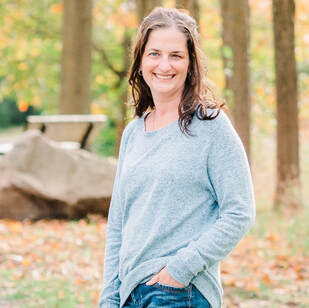 For as long back as I can recall (even as a young girl), my dream job was working with young children. Although I had a few other jobs along the way, I was never really happy or fulfilled in those positions. They didn't feel like careers I wanted to pursue. In 2011 I had my first son; I was rounding the end of my maternity leave, not wanting to return to my former job as it would require me to find childcare outside the “normal” hours. This schedule would mean I would not be home every night to snuggle my son, kiss him good night and put him to bed. This alone was causing me so much anxiety. My husband rarely gave our son his nighttime bottle nor his bedtime struggles. THIS was my time with him, a time that I cherished and looked forward too. I could not imagine missing these moments and being okay with my childcare provider doing this very precious task. I also knew finding childcare outside of normal business hours was going to be hard. To make things more difficult, we did not have family locally that we could rely on to help us "fill in the gaps" of our daycare needs. It was at this point with a little push from a friend, I made the decision to open my own daycare. (This choice benefited my friend too. Her baby was only one month older than mine, and she was just starting her daycare search… Some things are just meant to be. ;) July 2012 I officially opened as a Private (unlicensed) home daycare, with the intention to only operate until my children went off to school. I am now a mom of 2 boys who are in grades 6 and 4, and I am still operating my daycare! It turns out I left my job and found my career. Once the youngest went to school, I looked at my husband and asked;
Of course, the answer to all these questions was me. This wasn't because my husband didn't want to help or support with these parenting responsibilities. He's an amazing dad, and a great asset to the daycare when he happens to be home during daycare hours. We (my husband, myself, and my husbands employer…) had just gotten so used to "my" being home and available that changing our routine didn't feel right. Being a home childcare provider allows me the flexibility to be available when my own children need me. It allows me to attend special events at schools that run during the day such as their Christmas Concert or being present at Church when my son was performing in the school choir. My boys love seeing me in the audience, and I love seeing them love me being present. Funny enough my boys might actually like seeing my daycare crew, present and accounted for, at these special events and performances more than seeing me *insert awkward mom laugh*. Beyond just being home for my children and having a passion for the early years, I have seen the impact this career choice has had on my boys. I attribute a lot of the kindness, empathy, quiet leadership, and responsibility they show to their experiences of growing up in a home daycare. So, that's my "why" for opening my daycare and sticking with it. It's much the same as many other stories I've heard from other child care providers. With the busyness of life, the responsibilities of parenting, the love of working with children, and the convenience of blending it all together, home daycare just makes sense. My "why" for licensing is a different story and took me well beyond my comfort level. I ran a private home daycare from July 2012 Until April 2018 when I licensed with Little Lambs. I had inquired about licensing when I first opened my doors, but there weren't many options in the area at the time. I knew the benefits of being a licensed home childcare program. Despite the benefits, I wasn't going to put in the sweat equity to open my own business so someone else could run it and have the majority of the control. During my initial inquiries (with licensed agencies operating in 2012) my experience from the information relayed at the time, felt like I would lose control of my business. Control of not "everything" but the big things that mattered to me. Late 2017 I started hearing about this new Agency that allows you to remain a private provider but gives you all the benefits of being part of a licensed agency! This sparked my interest for so many reasons but mostly since I had one family in care that would financially benefit if I was licensed with an agency and therefore able to offer them subsidized childcare. Early 2018 I started seeing more about this new agency. I then started talking to a provider from this agency, I can remember saying to her on more than one occasion "this sound too good to be true." It was not long before she had me convinced to fill out the application and meet with the Director of Little Lambs. Kristina came to my home one evening to review my application, my home, answer my questions, and provide more personalized information about licensing with her agency. She left without me committing to license…. I was still “on the fence.” My inner voice saying, "Control"…and…."too good to be true" ringing loud in my ears. I had heard all the things I wanted to hear such as (but not limited to):
So I slept on it, and called Kristina the very next morning. It only took me until that next morning to decide to license, and I have been grateful I did ever since. It has been the best business decision I have made to date. It has allowed my family to no longer have a rental unit within our home! Instead we have turned the self-contained apartment into the daycare providing much needed home/work separation. It has allowed me to be available for my own children in their times of need. I love that as the agency grows Kristina takes in the data, provider and parent feedback and evolves the agency with her team to plan for current and future wants/needs. Evolving to remain current in an ever-changing field. I love that the agency will provide “Back up” care if I need to run to an appointment in the middle of the day vs closing for the day or closing early. They will come to my daycare as supply staff! I'm not talking about back up care where my daycare children use an alternate daycare during the day (although that's an option for full-day closures where space permits). I love that as a "self-employed, Independent Contractor" I can pay into group health benefits through the agency! I love that I have built lasting and meaningful friendships with other providers within the agency. I love that I can help families who require financial assistance when it comes to paying for childcare. I love that I am still an independent, respected businesswomen doing things “my way.” I found my career, my why's are just how I got here. ~Elizabeth We are excited to announce that we are opening a new Home Daycare Program in Trenton. Meet Jessie,Hello! My name is Jessie, I’m in the process of licensing my Day Home with Little Lambs! A little about me: I recently moved to Trenton from Alberta with my husband, my 16 month old son and 2 dogs (dogs will be separate from children, they’re very friendly but also very hairy!). In Alberta I was employed by a child care centre for just over 4 years and absolutely fell in love with the early years! I love open ended play and enjoy Montessori teaching styles. I am looking forward to creating a welcoming space where children can feel "at home" while being supported to learn and grow to their potential. More about Jessie's ProgramWhere: Trenton (North end of Sidney St) When: Anticipated opening is early November (Jessie is very excited to get started so if all licensing requirements are met earlier she's hoping to open as soon as possible) Hours of Operation: 7:30am- 4:30pm Normal Daily Fee: $40/day Premium Daily Fee: $50/day *CWELCC funding will be available once Little Lambs signs agreement with Hastings County to support daily fee reduction through the provincial/federal child care plan* Spaces Jessie will be interviewing families to fill: 2x Toddler (18-30 months) 2x Preschool 2.5-4years. Connect with Jessie to discuss your needsSpaces cannot be offered or confirmed without first completing an in person interview. Home Child Care is not "first come, first serve," every provider is an individual and families are unique. Spaces will be offered to families whom the providers feel will best fit within their program. Our providers are conscious of anti-discriminatory practices and "best fit" implies the schedule, availability, parenting, and child development styles are compatible to allow for positive daycare relationships.
To discuss your child care needs further and schedule an interview use the link below to email Jessie directly. Post copied from our Facebook Page I might talk and post A LOT about the service we provide for children. However, Little Lambs is so much more than child care. Little Lambs started as me, myself, and I back in 2012. Just a fresh faced Mom to a sweet 4 year old girl and almost 1 year old boy. I stayed home, giving up the former dream job of continental midnights (*sarcasm***), and my husband was free to say “yes” at work without us having to juggle schedules. Opening a home daycare was the best decision we made for our family. Fast forward to 2017 and Little Lambs became a team of people as we transitioned from cute little home daycare to Licensed Home Childcare Agency. A small team at first but an amazing group of smart, kind and caring individuals. Fast forward again and this July marks five years licensed as a child care agency with memories of being “me, myself, and I” long gone. The beauty of it is, while I’ve been rooting for the members of our little lambs team, and they for each other, I have seen us grow collectively. As we develop stronger roots built on experience, perseverance, and a whole lot of heart we create room to bloom. No one is perfect at everything, that would be ridiculous. But with the right people rooted in their ideal roles (highlighting their strengths) our team has grown to need little old “me, myself, and I” less and less. It’s a beautiful thing to watch them make decisions, take ownership, advocate, support each other and GROW. I can’t wait to see what we do with year six. Our current Growth:(what we can measure anyways)
We appreciate the feedback provided on our Facebook post very much. This is fundamentally a business and we have to ensure the "business" stuff is always taken care of, BUT in our hearts we provide social services always focussing on community and a greater good.School readiness is not an exercise of memorization or industrial skills. School readiness is the ability to:
ABC’s and 123’s are great and are absolutely discussed in the early years. But there’s a difference between learning and memorizing. There’s a difference between absorbing “told” information and learning through doing. The early years are about the “doing.” We aren’t building an educational foundation for industrial robots. We are building a foundation for critical thinkers who will do things and change the world in ways we can never imagine.
Let them play Little Lambs Home Daycare *Also shared on our business Facebook Page Kayla reminds us to “go with the flow,” remember that unstructured play time is crucial to allowing children the opportunity to explore, test theories, learn about their environment and access their imaginations. Dandelions are natures gift to bees and children. They provide endless potential and are completely free! Happy Monday! Posted to our business Facebook Page as well. :)
We have been collectively watching the news, reading memos, updating policies, implementing procedures and "Pivoting" for the last 17 months! When child care first closed in March 2020, we naively thought we'd flatten the curve and get back to our lives. Seventeen months later, we recognize that adjusting our expectations and doing our very best to support public health is all we really have control over. Before we discuss current screening and COVID-19 updates, we want to take a minute to reflect on some of the positives that we've witnessed over the past 17 months. Words from the MinistryExcerpt from Aug 3rd MemoFrom: Phil Graham Assistant Deputy Minister Early Years and Child Care Division "We have every reason to be optimistic for this year, but must acknowledge there are public health challenges that remain. Although vaccination provides protection against COVID-19 and variants, greater vaccination coverage is required across all age cohorts and it is not known when younger children will be eligible to receive a vaccine. This necessitates a careful approach to health and safety, and continued monitoring of the COVID-19 situation, including Variants of Concern. Given the uncertainty of the public health landscape heading into the fall, health and safety protocols for child care settings will remain largely unchanged. By taking a measured approach we can help ensure child care and early years settings remain open to support families, and a safe place for children and staff. Excerpt from Aug 27th MemoFrom: Phil Graham Assistant Deputy Minister Early Years and Child Care Division The purpose of this memo is to notify you of the updates made to the COVID-19 school and child care screening tool and the COVID-19 screening tool for employees and essential visitors in schools and child care settings. Updates to the screening tools reflect the latest advice from the Ministry of Health for schools, child care and other workplace settings. New-Screening tool (effective Aug 26, 2021)Provided below is the updated screening tool as of August 26, 2021. The screening tool has been provided for information purposes. However we encourage all persons who complete daily screening to use the fillable Ontario School Screening Tool. The below screening tool may be reviewed and updated by the Ministry of Health at any time.
What do we expect from Parents/Guardians?We want parents and guardians to know we value and appreciate their continued support and understanding. We acknowledge that current public health/ministry of education requirements are not easy to follow. Added stress is compounded when a child can not be admitted to daycare due to failed screening. OR a child care program is forced to close due to the provider or their children failing screening. We recognize that employers sometimes lose patience, and employee absenteeism is not being met with the same empathy, understanding, and adjusted work schedules/accomodations present in other workplaces. If any parent/guardian feels they are unjustly discriminated against, or their employment is in danger due to COVID-19 protocols, we urge them to reach out to available resources. Excerpt from Ontario COVID-19: Support for workers
With a deeper understanding of employer/employee responsibility and rights, we want to reflect on the importance of following COVID-19 protocols. As an agency, we expect parents to truthfully screen their child daily and not hide symptoms or pressure their child care provider into admitting a sick/symptomatic child. With a great deal of sadness, we must remind parents/guardians of our anti-bullying policy. Our child care providers deserve safe and respectful work environments. While we empathize that provincial mandates from Public Health and the Ministry of Education cause tension and can feel "unfair" (like a child being tested for COVID-19 for the 5th time since January), we must uphold these mandates. As an agency and as child care providers, "our choice" to abide by protocols is anything but a "choice" or something we are doing to "protect our business." Our duty and responsibility are to ensure we are maintaining the safest environments possible for our most vulnerable citizens. Reflecting on this, we cannot tolerate any parent or guardian displaying an act of malicious, demeaning or disrespectful behaviour. Not only do our providers deserve to be treated with respect, but the children in our care and the provider's own children also deserve to witness adults leading by example. Termination as a result of bullying is effective immediately and does not require two weeks' notice. Program specific requests/expectations of Parents/Guardians
Thank you for your continued kindness, understanding and support. We value each and every one of our child care families. Together we are stronger and we will get through this.
We appreciate you for taking the time to read this update. It was long winded at times and a little "dry." Hopefully before too long we'll return to a more normal Pre-Covid existence. Until then, we will continue to persevere and do our very best to keep your (our) children safe. Kindest regards, Little Lambs Home Daycare Staff and Child Care Providers Hello Sunday, it sure is nice to see you. Sunday's are meant for family, friends and refilling your "mental/emotional cup." This Sunday, I want to kick off our new blog series, "Words of Inspiration and Knowledge," a series of posts written by and for Home Child Care providers. As a home child care agency, we hold a combined 150 years of child care knowledge. Some of our partnering educators have been in early childhood education for over 20 years, while others are brand new. Combining experience with fresh, eager eyes creates a reciprocal community of educators who not only support but inspire each other. In honour of our collective knowledge, the idea for this blog series was born. Meet Sara Kovach (Natural Beginnings Home Daycare)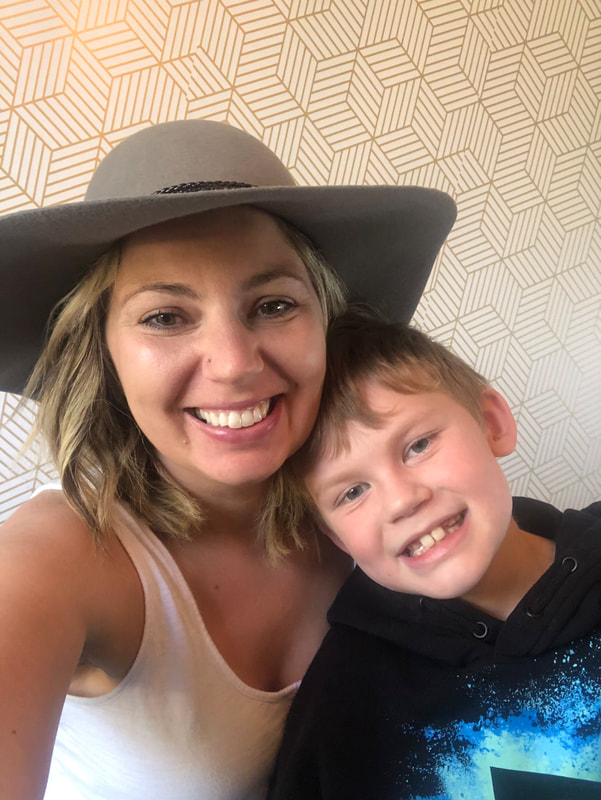 I'm thrilled to announce Sara Kovach as our first guest author. Sara has been a child care provider with Little Lambs since our inception as an agency in 2017. Pre-2017, Sara operated her home child care program privately in the heart of Stirling. As a friend and fellow child care provider, I had the honour of getting to know Sara personally and professionally. She is truly a one-of-a-kind person, who's empathy, compassion and thirst for continued learning make her an incredible asset to our Little Lambs family. In this first "Words of Inspiration and Knowledge" post, Sara shares her lessons learned from her nine years as a home child care provider. Thank you, Sara! What I've learned in the daycare world over the past nine years.  I am a teacher! My/our work is valuable. The little minds in our care need attention and guidance. It is our responsibility to be the best teachers we can be. Being the best teachers we can be, starts with a deep appreciation and respect for each child's individual needs (developmentally and emotionally). We need to meet each child where they are at, never imposing expectations far above or beneath their abilities. Our role as early years teachers is to build their self-confidence, social/emotional learning, and other developmental domains. NOT tear them down with unrealistic expectations.  *Make a contract*. It is important to remember that as Home Child Care Providers, we remain legally classified as "Independent Contractors." This means that while we follow Ministry and Agency regulations/requirements, we remain our own boss! As a private child care provider under the umbrella of Little Lambs, I set my billing and client policies (see note below for providers who license as "full agency"). Creating boundaries in line with my contract is crucial. I do this in the following ways.
*For child care providers who don't want to concern themselves with the administrative side of their child care business, Little Lambs offers a full agency licensing model. Providers who license as "full agency" do not need to worry about client contracts/payment as this is handled on their behalf by Little Lambs*  I build meaningful relationships with my daycare families (clients). I am kind, open-minded and honest with them. I do this in the following ways:
 HONOUR THE CHILD'S FEELINGS. This statement is uppercased for "upper-emphasis." They are little humans with real feelings. It can be hard as an adult to regulate our emotions, so imagine what it's like to be an infant, toddler or preschooler. It is essential to honour and validate their feelings, to show support, comfort and guidance.  Self-Care is not just a "fad statement" or idea created by Millennials Self-Care is really important. You cannot support another person's social/emotional needs if your own social/emotional needs are unmet. My go-to's include: working out, sleep, driving with my music cranked, iced coffee, and shopping with friends. Taking time for "me" makes me a better person overall. Extra tip: I take time for me every morning to make myself feel good. My morning routine is 1) a quiet coffee, 2) pick out a cute outfit, 3) do my hair and makeup, 4) make a conscious plan to have a wonderful day! #lookgoodfeelgood  My family comes first. This means making time to connect daily with hugs and quick "I love you's." I also make time for deeper connections through sports/activities we can do together (basketball games, family hikes), hot tub dates (best purchase EVER), movie nights and cottage days!  Playing is learning! I set up my environment based on what the children are interested in and go with it. While "playing with the children as a co-learning is important. I also take time to "step back" and observe. By documenting what they are doing and observing their learning processes, my ability to scaffold their play is supported. Building on their interests and individual skill sets, I keep my environment fresh and stimulating. Enjoy the simplicity of the day. Don't overcomplicate play. Tip: Summer, is a great time to bring our sensory area outside. Example: My littles are currently into cars. I am going to add some ramps and blocks to our car play to increase their play opportunities. To incorporate cars into our sensory area, I'm thinking of adding a "car wash."  Don't forget about messy play. From process art to mud-kitchens to sensory explorations, messy play creates endless opportunities for children to have fun. (Fun=learning). Remember: Everything can be washed, and if it can't be washed, it shouldn't be in a daycare space.  Patience, patience, patience. To me, patience means:
 I take all the opportunities I can to learn and grow as a daycare provider (teacher). From reaching out to my support network, leaning on my agency, listening to podcasts, reading, reading and more reading, signing up for webinars/conferences. Some professional development is free, while others I choose to pay for. Learning is never a waste of money.  I have found my daycare tribe. A "daycare tribe" is a group of individuals I align with on my daycare journey. They are the people I connect with (through text, phone calls, or in-person). I have a few different daycare friends; I have a different but special relationship with each of them.  My final lesson learned is Home Daycare is for everyone who has a genuine interest and deep appreciation for children. To be a child care provider, you need to have a reserve of empathy and compassion. While this is my "job" and "livelihood," I do not view it as a way to stay home and make money. Being a home child care provider is a huge commitment—a commitment of my home, my time, my energy and my love. It's definitely not a career for the faint of heart or impatient. Connect with Sara and follow her daycare journey on Facebook. Pictures shared by Sara with permission from her child care families. All images showcase Sara's program. |
Early Years at Home When we refer to home we refer to a feeling of welcome, family, comfort and belonging. Licensed home child care offers the feeling of "home" with the benefits of early years pedagogy. Categories
All
Archives
June 2023
©Little Lambs Home Daycare
©Kristina Schwartz |
||||||||||||


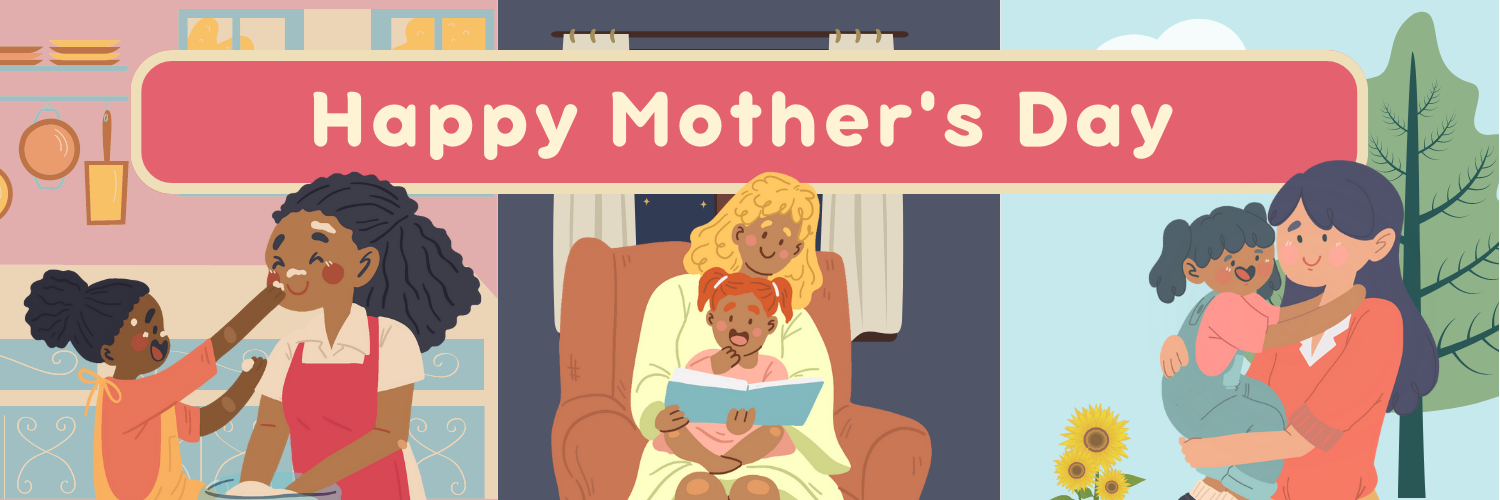
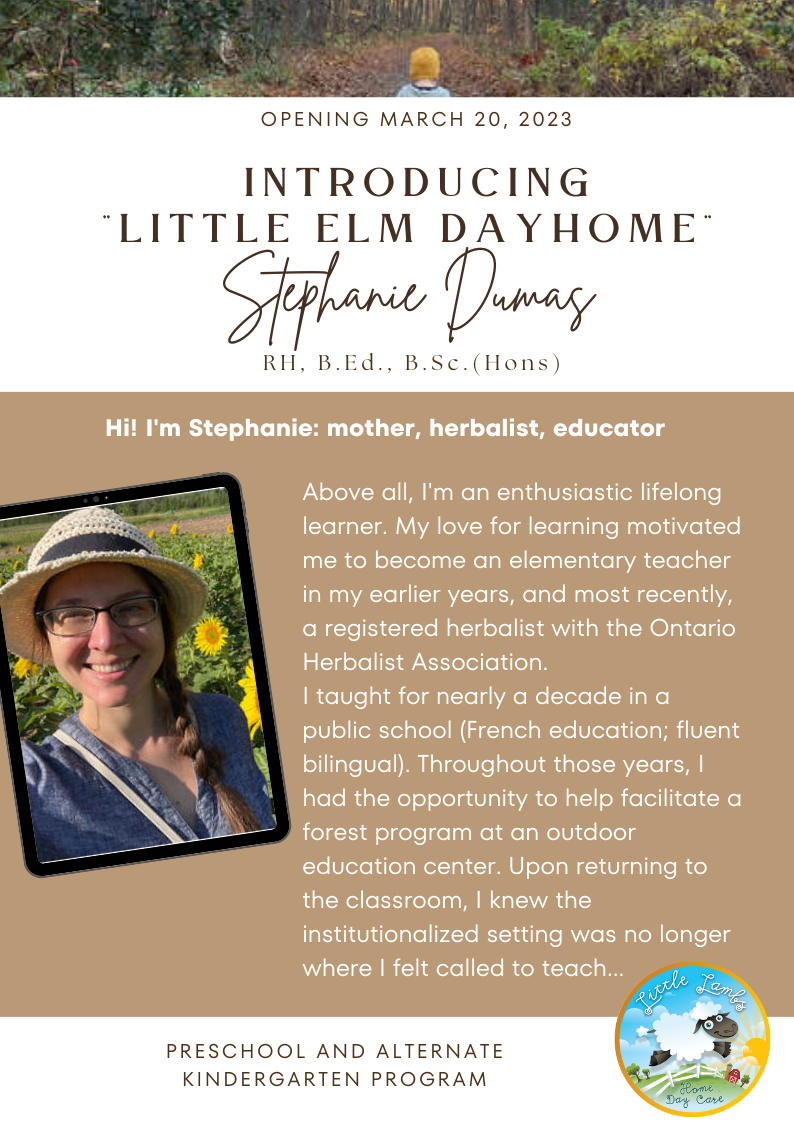
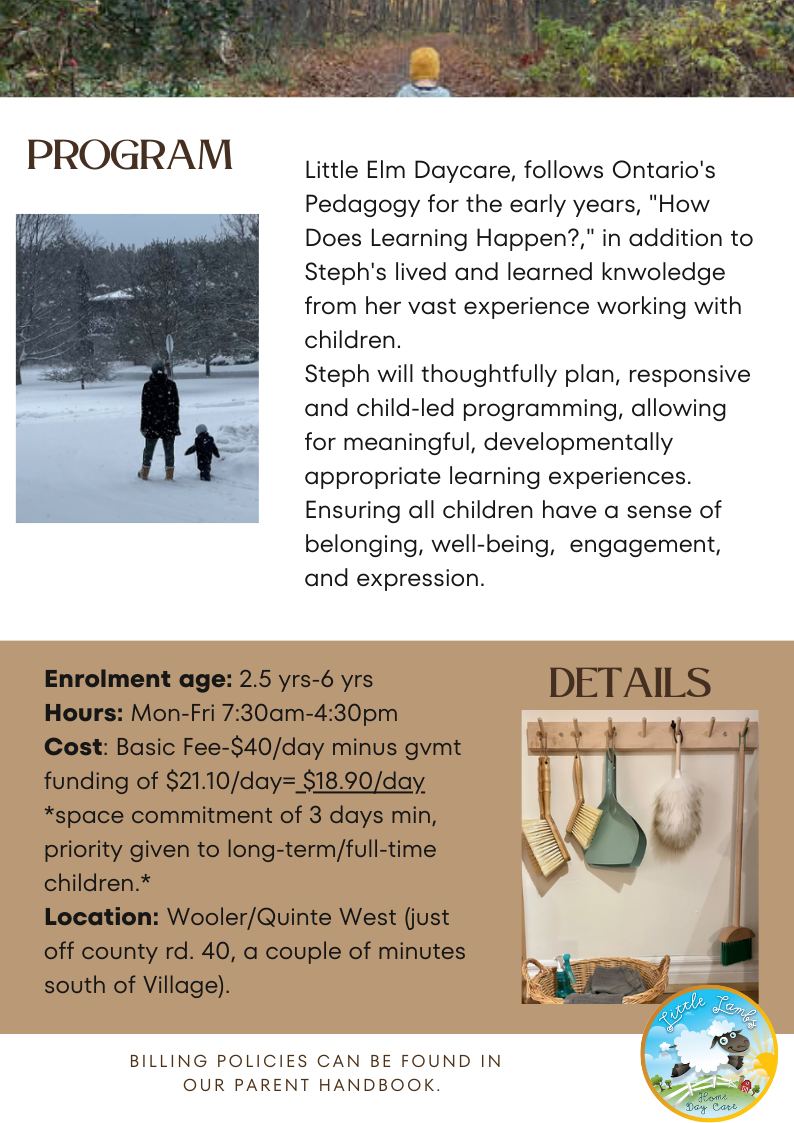
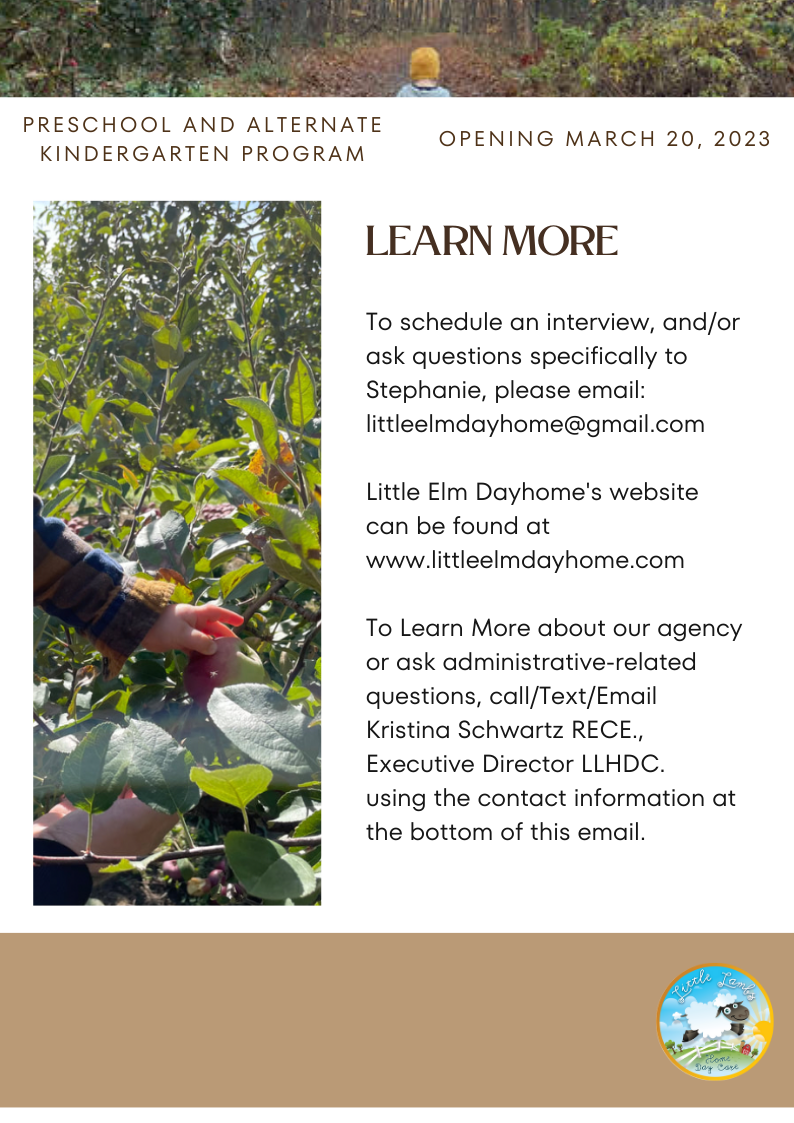
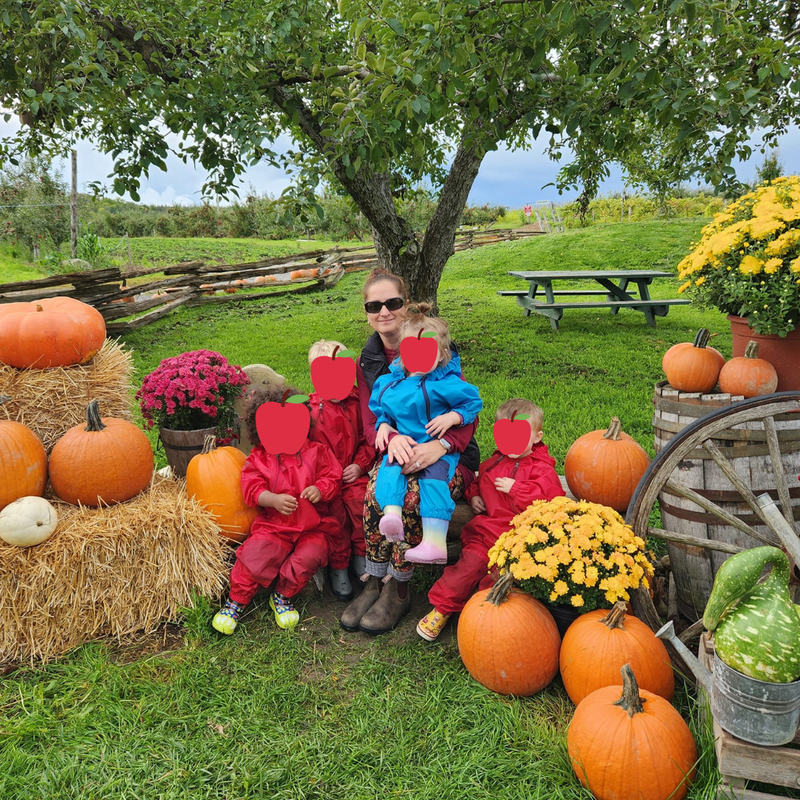
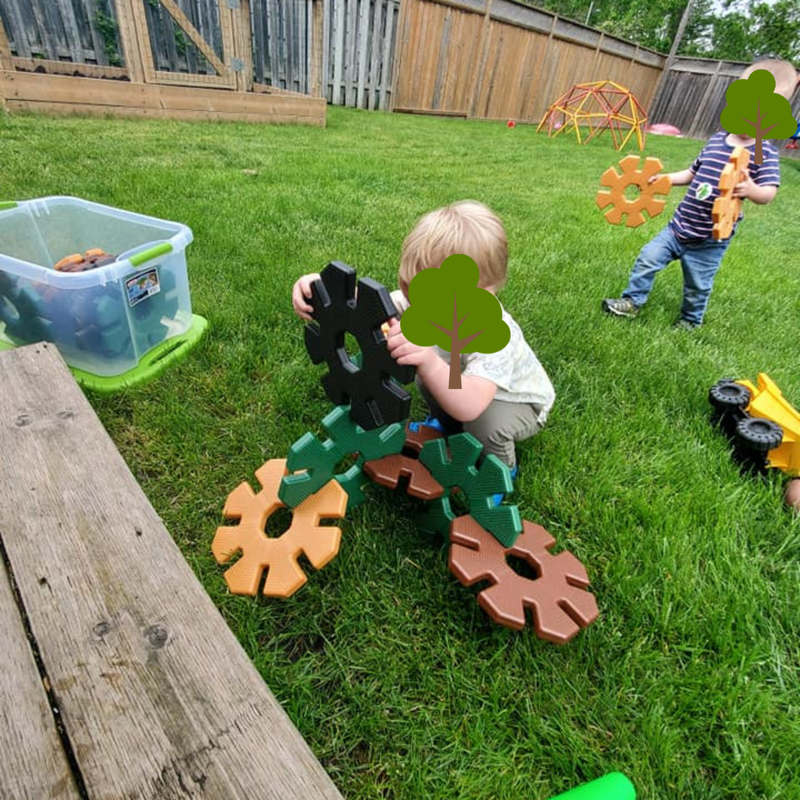
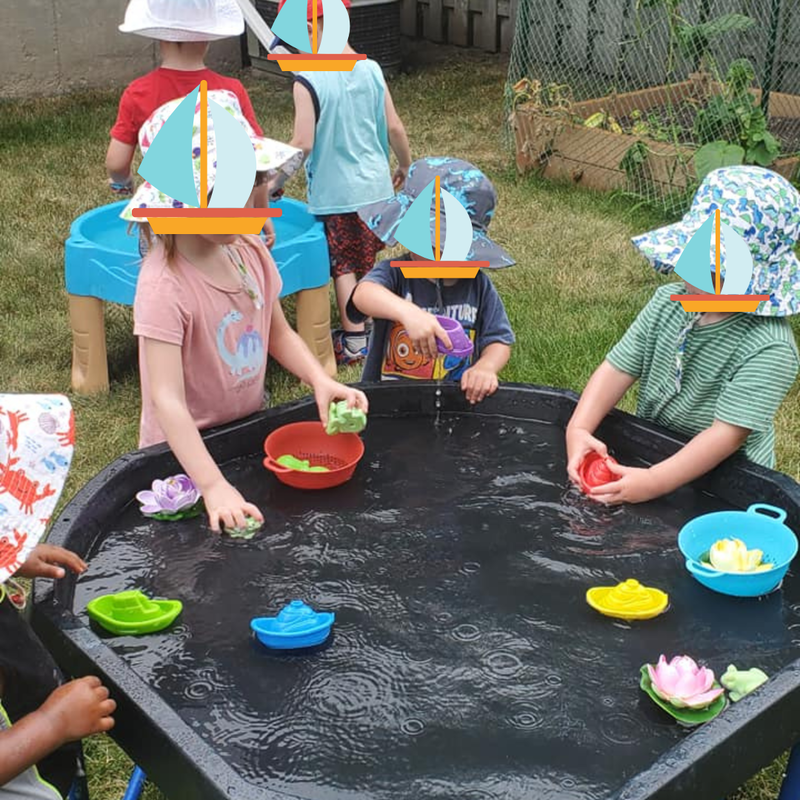
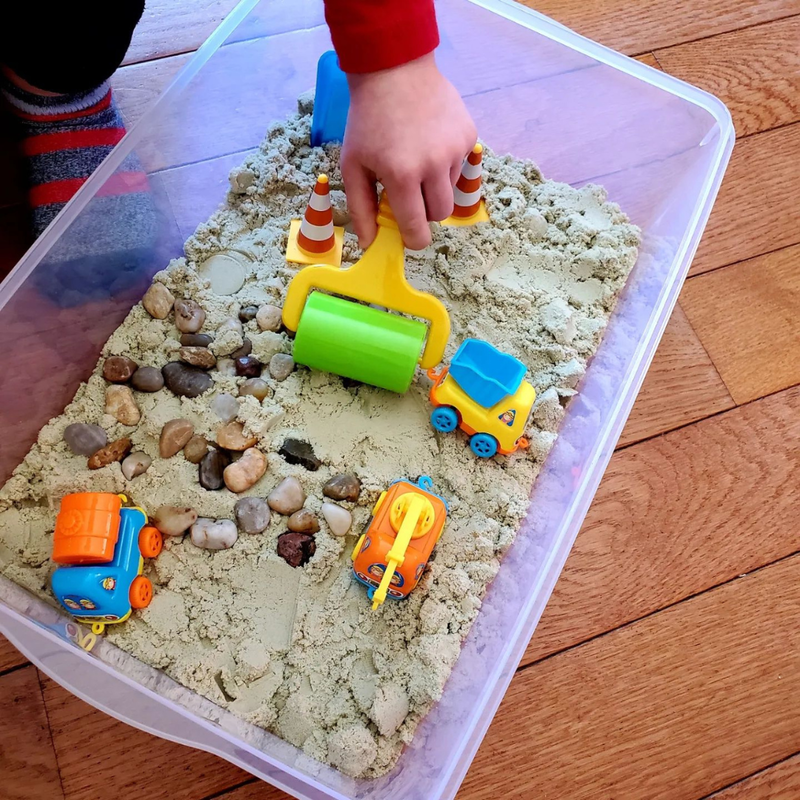
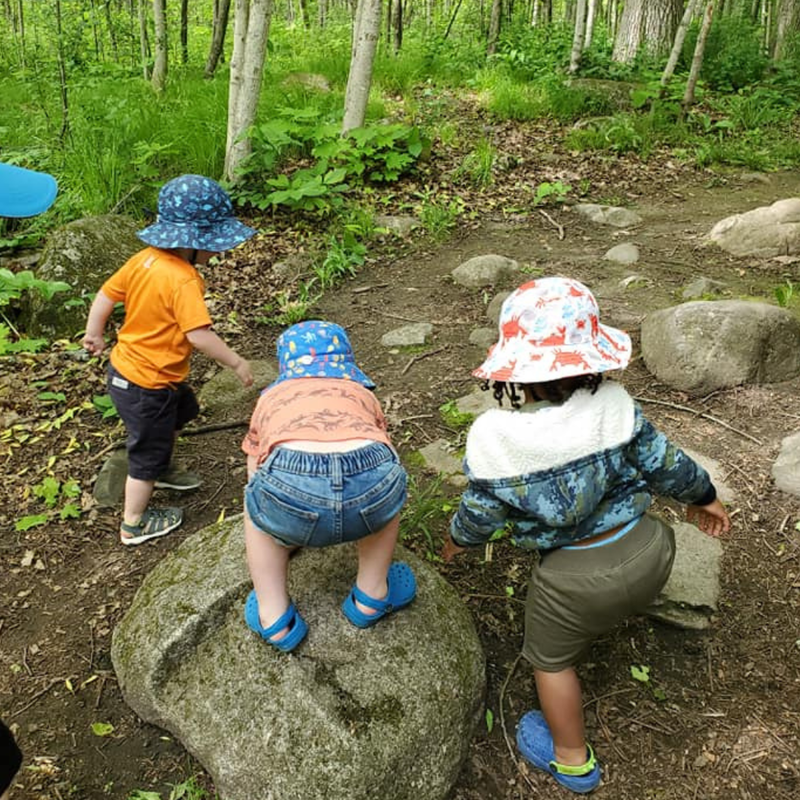

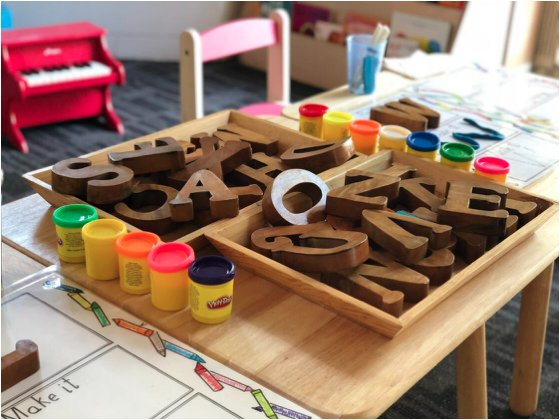
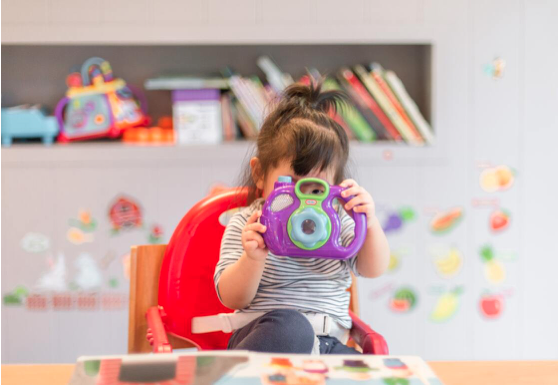
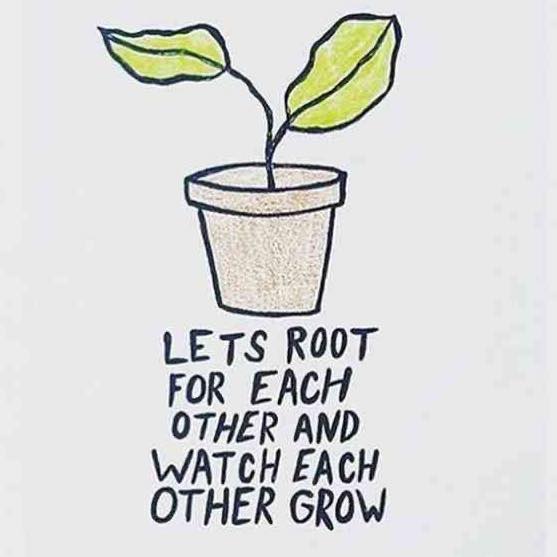
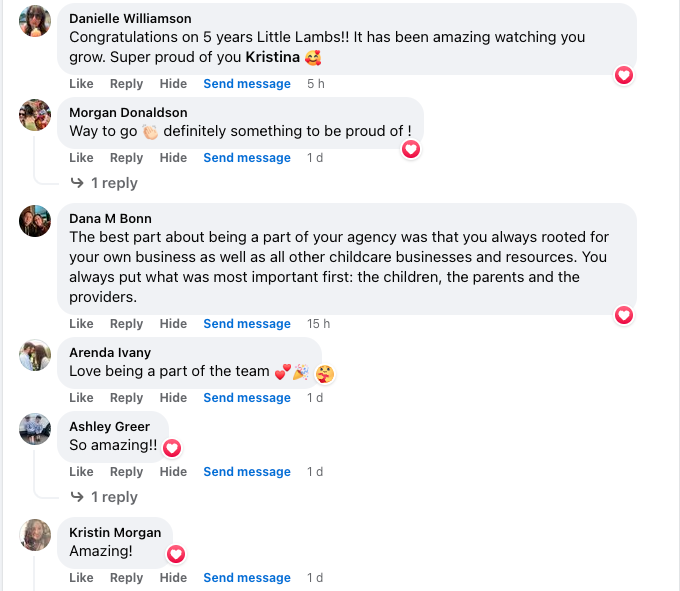
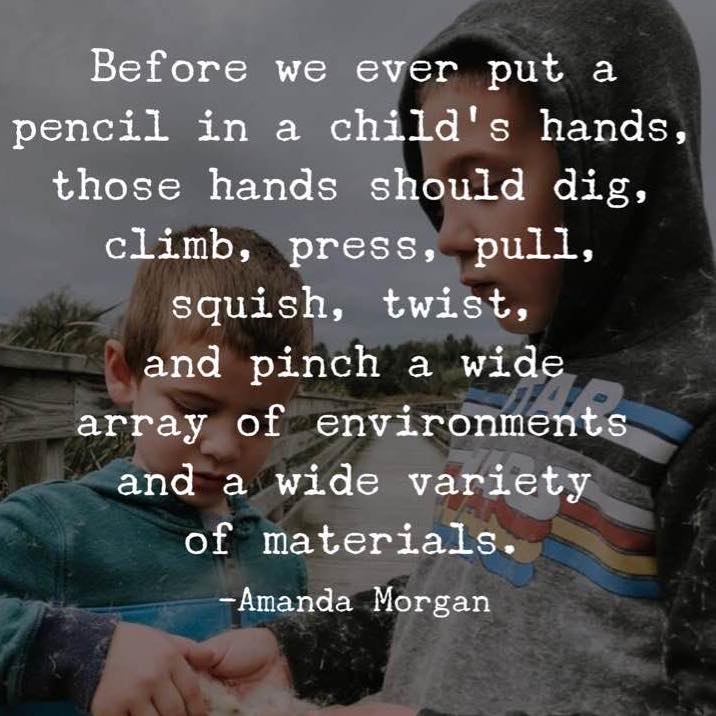
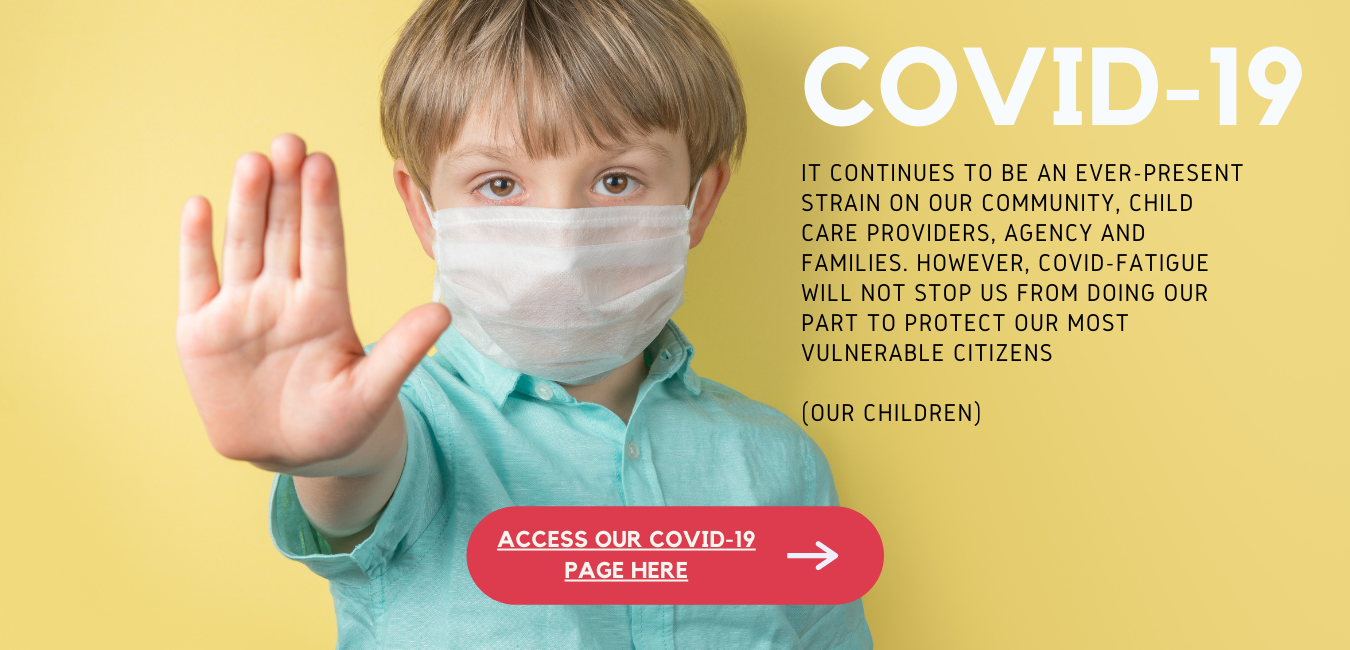
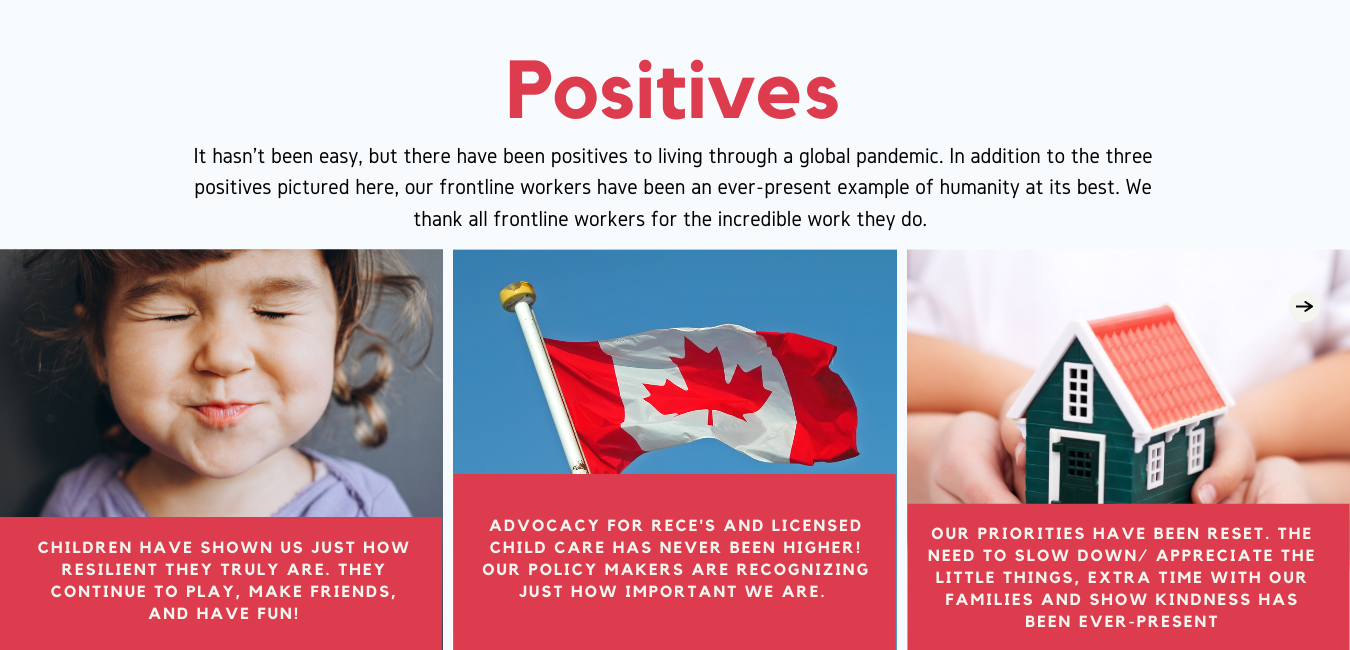
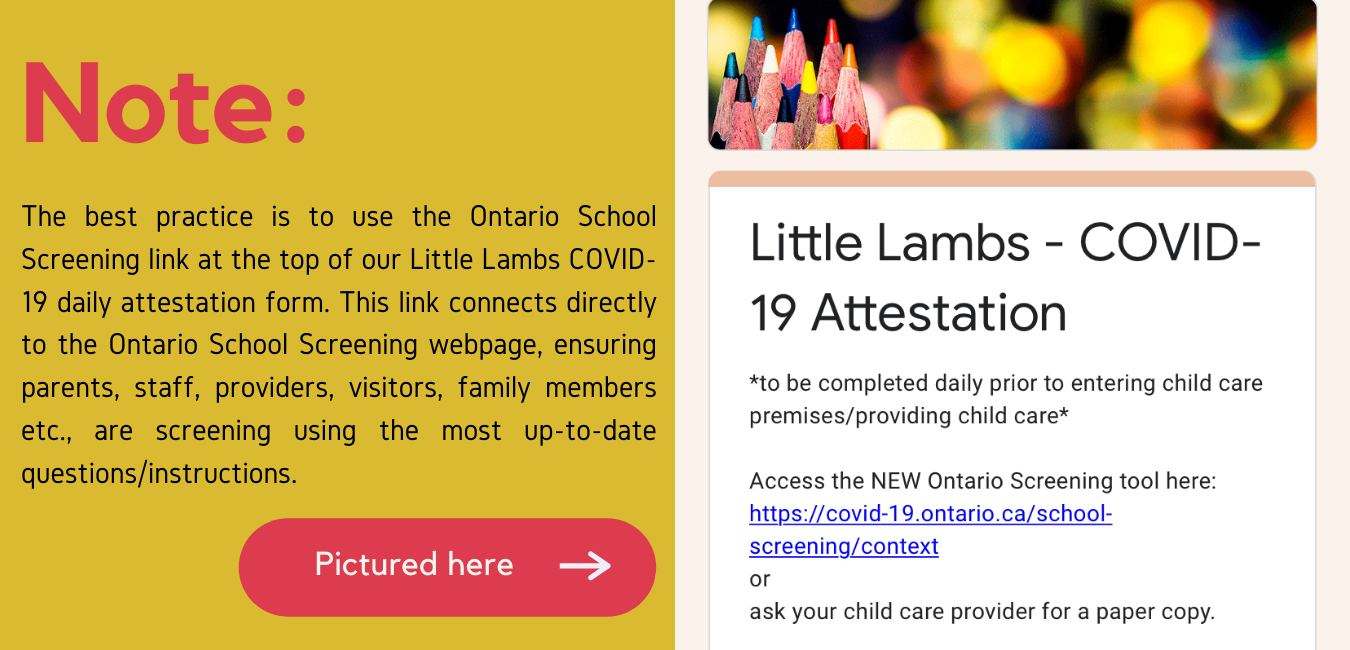
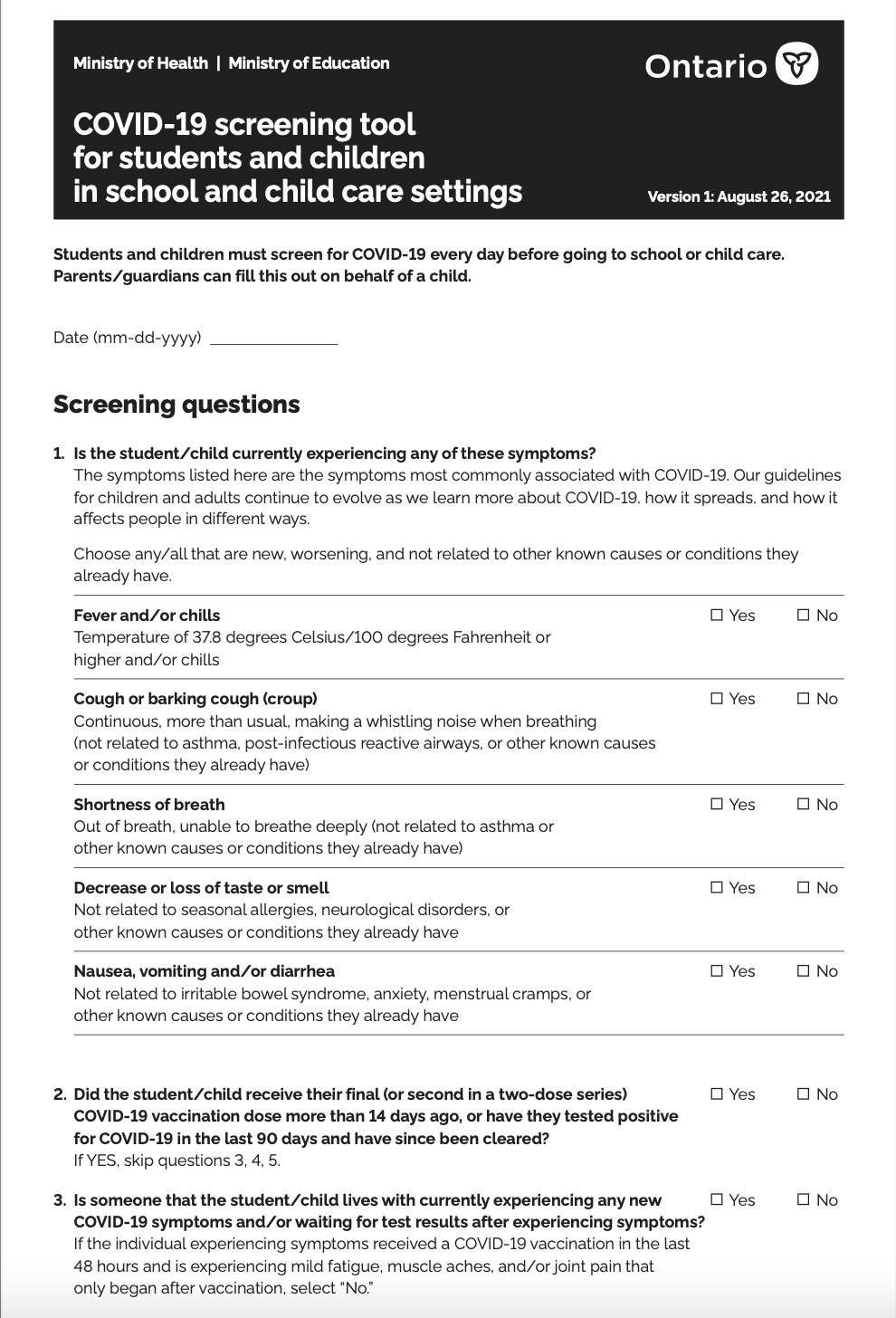

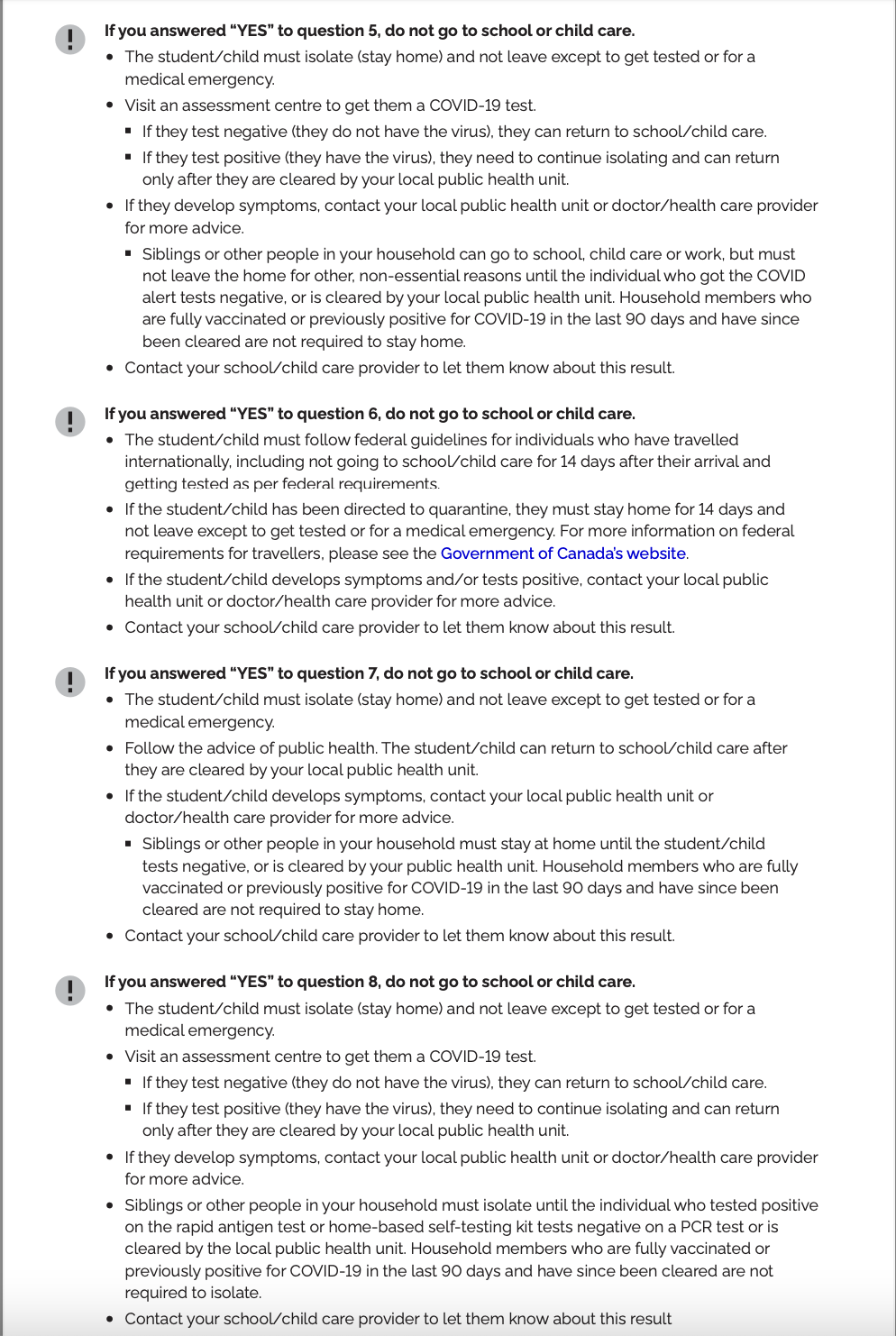
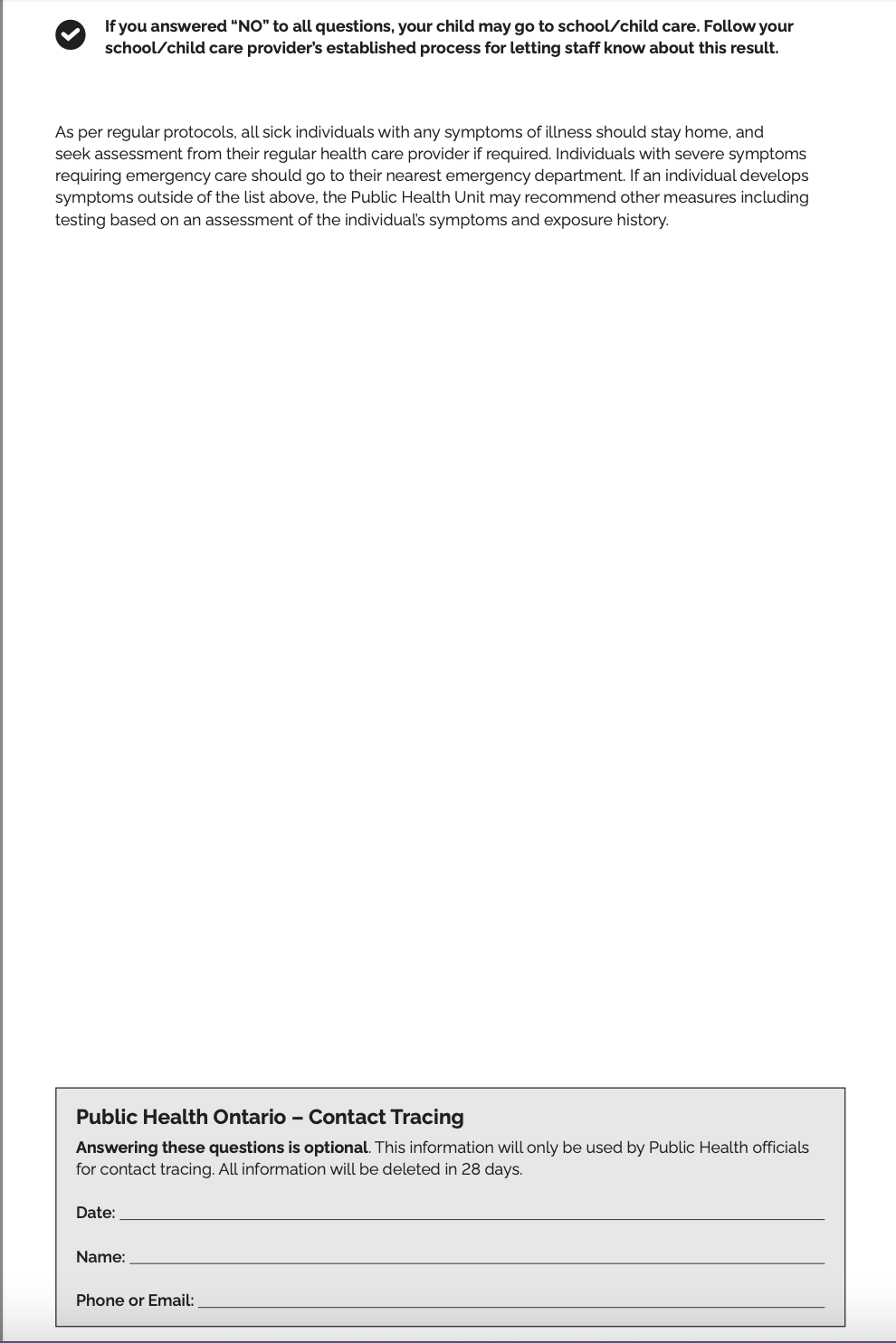
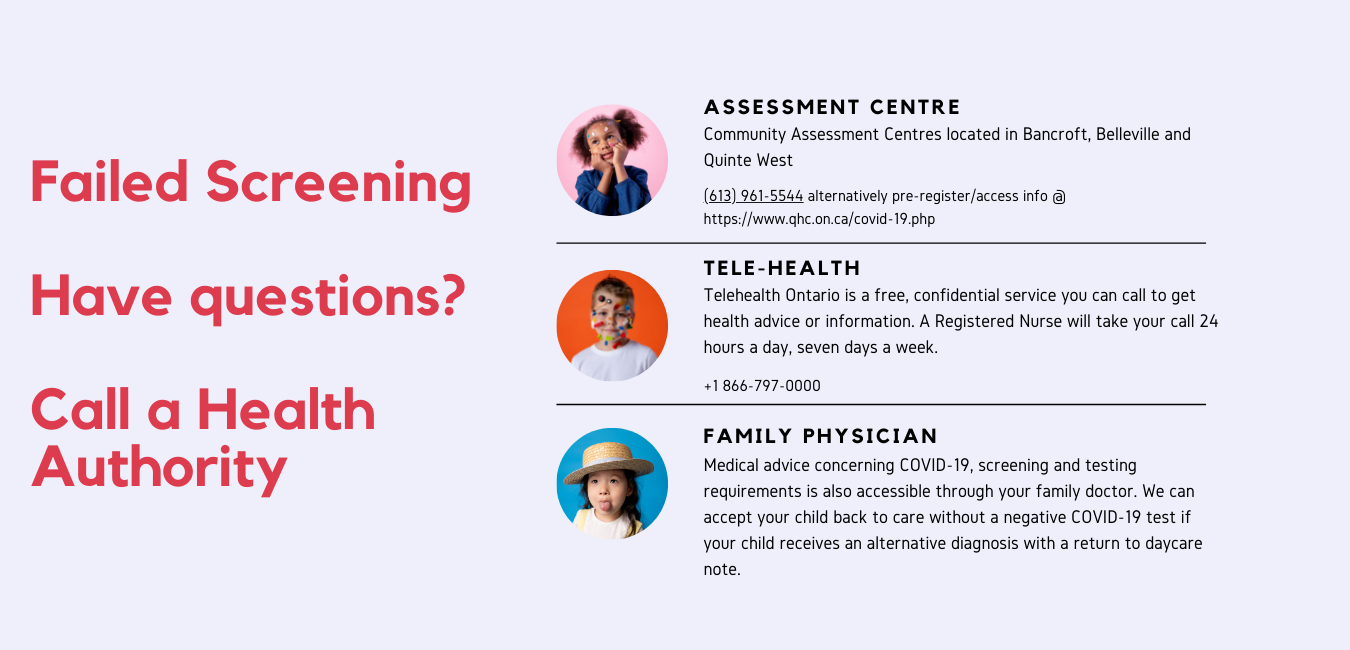
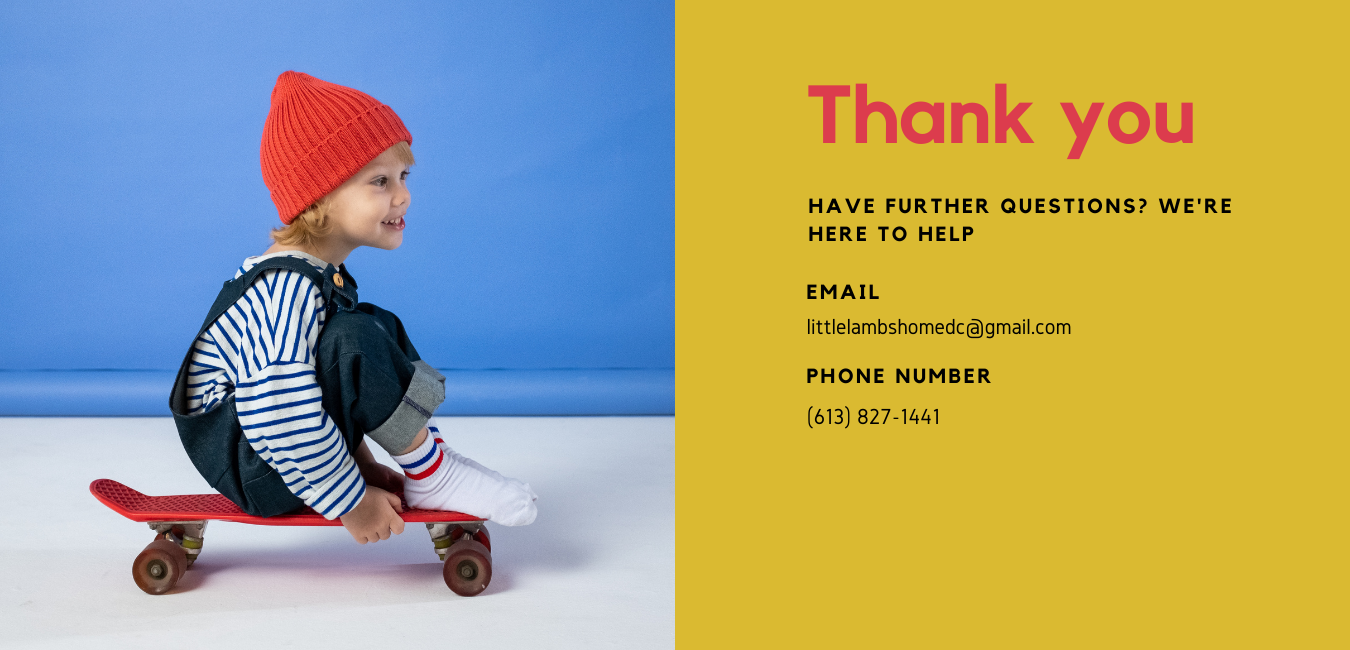
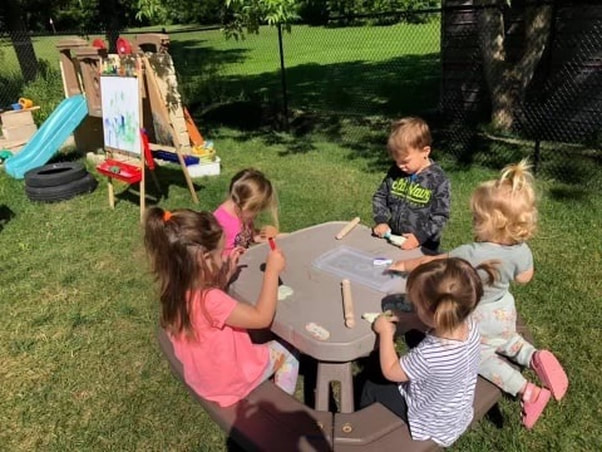
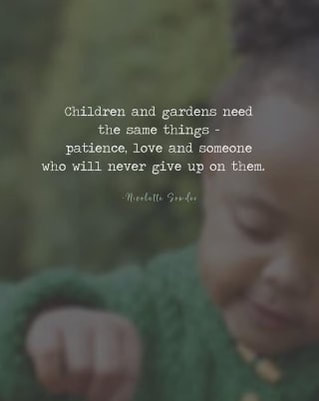
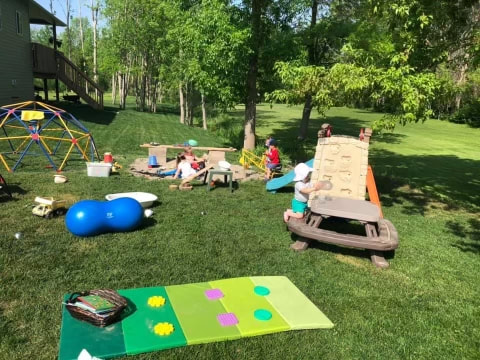
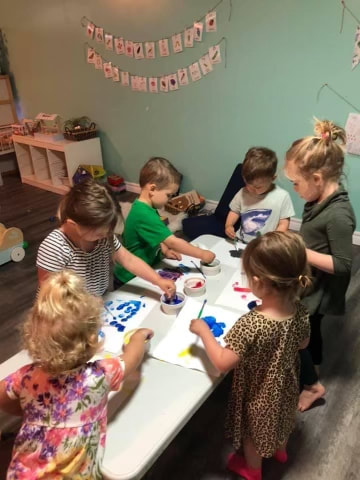
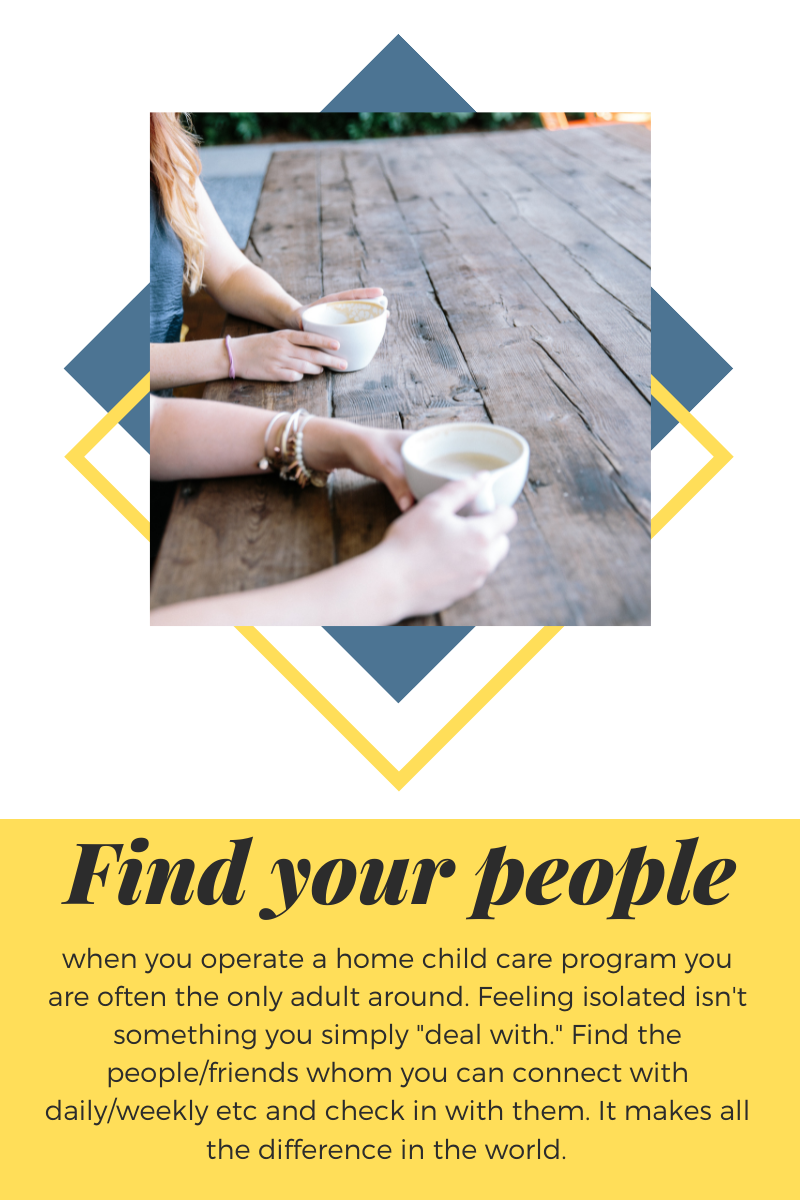

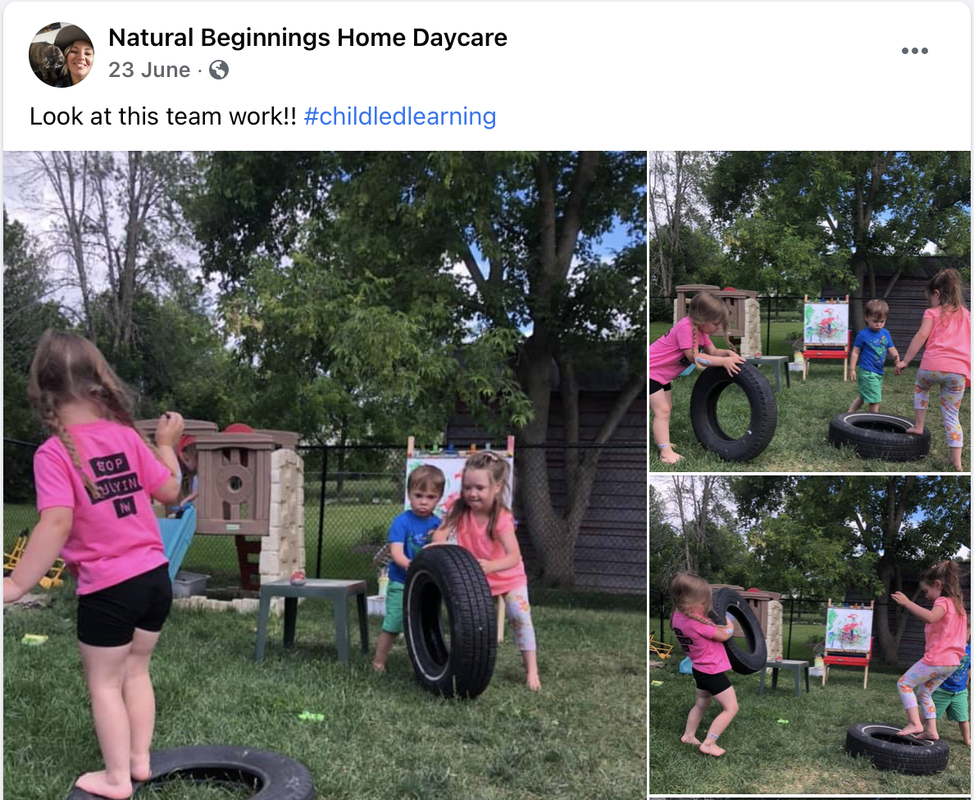
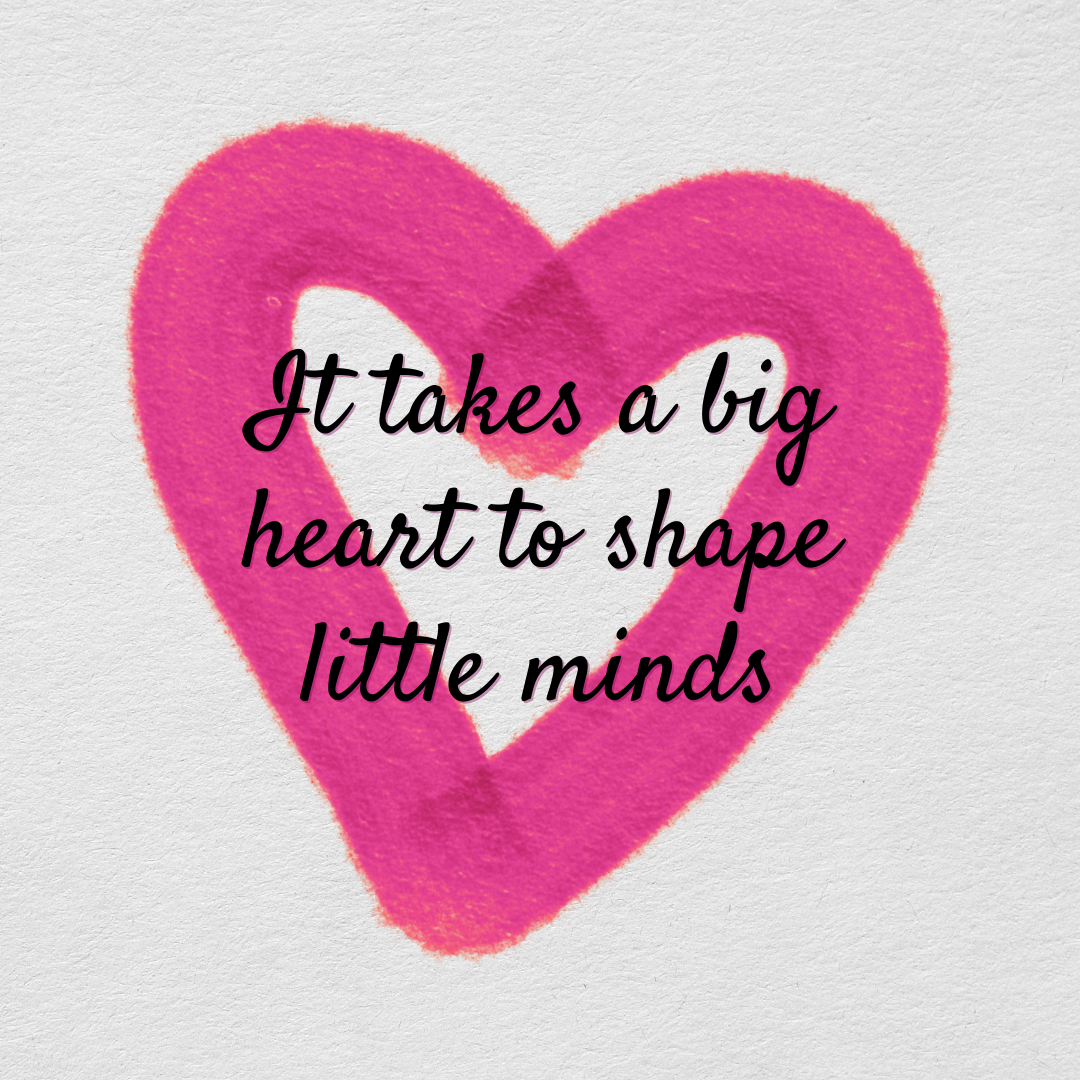
 RSS Feed
RSS Feed